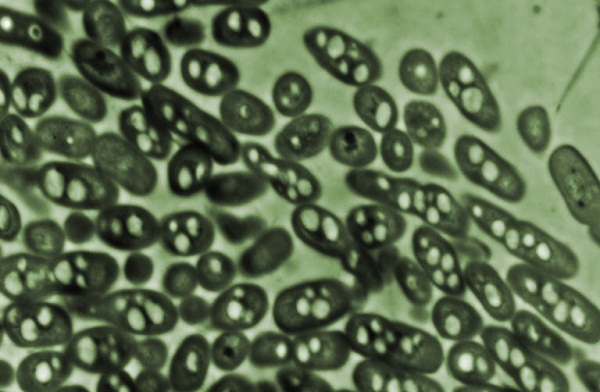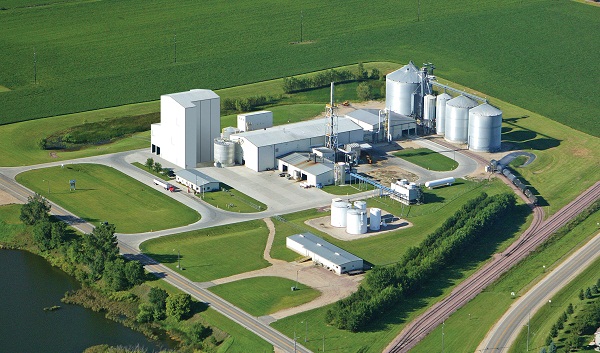MIT is at work on a new way to deliver cleaner-burning transportation fuels, using a genetically modified microbe that gobbles up carbon – possibly even from carbon dioxide emissions – to make isobutanol.
If you haven’t been keeping up with your biofuels, isobutanol made from biomass, aka biobutanol, has begun to edge onto ethanol’s turf. It’s attractive for its higher energy content, works well in the current refinery and pipeline structure and has superior blending characteristics (which is to say, you can blend more of it into gasoline). Plus, it offers the possibility of another revenue stream because it can also be used in making plastics and other industrial products.

The hot technique for making isobutanol from biomass is to use new, advanced bacteria in the fermentation process. More companies are putting variations on this theme into action; earlier this summer, the Star-Tribune in Minneapolis reported that a third Minnesota ethanol plant was considering shifting to isobutanol production.
Enter MIT. There, the focus by research scientists, including Christopher Brigham, has been on a bacterium called Ralstonia eutropha. When denied the nutrients it lives on, such as nitrate or phosphate, it naturally stores and turns carbon into a polymer. The MIT scientists jumped in to alter this process a bit.
The way MIT describes it, it was all pretty straightforward: “By knocking out a few genes, inserting a gene from another organism and tinkering with the expression of other genes, Brigham and his colleagues were able to redirect the microbe to make fuel instead of plastic.”
Doctoring microbes to produce a certain chemical isn’t novel; but the MIT researchers have apparently broken ground by getting “substantial amounts of isobutanol” in a continuous process. “We didn’t have to add a transport system to get it out of the cell,” Brigham said in a statement.
In the MIT lab, the microbe has been using the sugar fructose as its carbon source. That’s not so exciting as far as biofuel production goes, since that would essentially mean siphoning off material from the food supply chain (and in this drought year, we’re seeing the unhappy consequences of that sort of thing). So the researchers are hoping to be able to tweak the microbe so it can use CO2 as its carbon source, offering the possibility that emissions could be turned into fuel. Alternate modifications could turn agricultural or municipal waste into the preferred carbon source.

The MIT work is backed by $1.77 million from the U.S. Department of Energy’s ARPA-E Electrofuels Project [PDF].
As adventurous as this isobutanol-from-CO2 research sounds, it shares a connection with work recently unveiled at UCLA. There, researchers engineered our old friend Ralstonia eutropha to produce isobutanol and 3-methyl-1-butanol in an electro-bioreactor using carbon dioxide as the sole carbon source and electricity as the sole energy input. The UCLA team, too, is backed by the Electrofuels project [PDF].